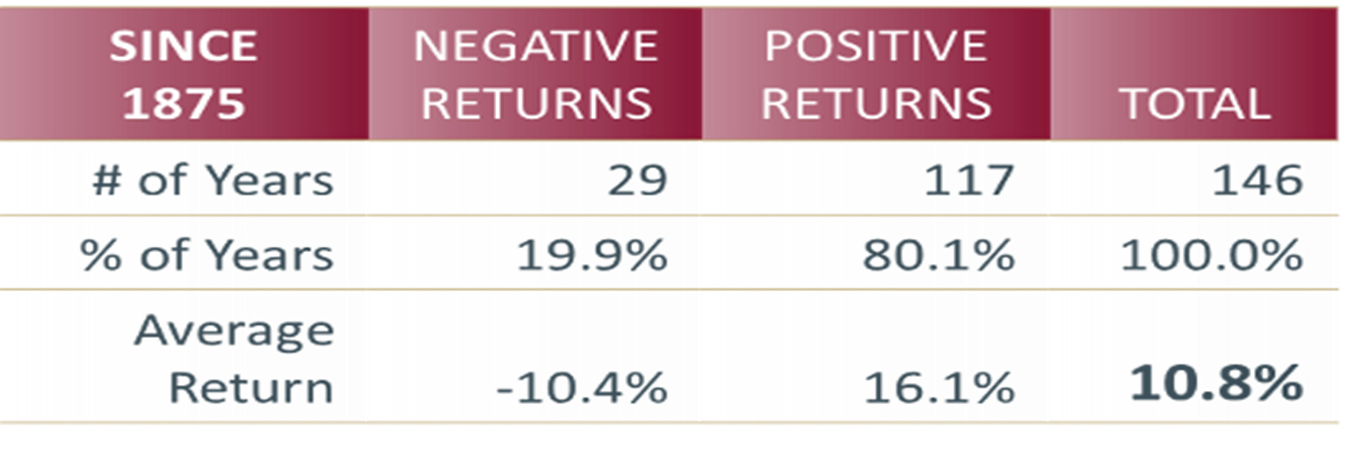For those aspiring to grow their wealth, there is a simple lesson. The top 1%, invest 61% of their wealth in one asset.
Read this before investing in the stock market.
Companies also make profits and losses. When a company makes excess money, they have two choices:
1. Invest the money into growing the business by acquisitions or improve internal efficiencies to reduce costs.
2. Pay some of the surplus cash back to shareholders through dividends. Dividends may also come with franking credits as well.
Types of shares
Growth stocks are those companies that are considered to have the potential to outperform the overall market over time because of their future potential.
Value stocks are classified as companies that are currently trading below what they are really worth and will thus provide a superior return.
Diversification
Diversification is a risk management strategy that mixes a wide variety of investments within a portfolio. A diversified portfolio contains a mix of distinct asset types and investment vehicles in an attempt at limiting exposure to any single asset or risk.
It is important to ensure that you do not under or over diversify your portfolio. The general rule of thumb is 20 shares in the portfolio however you would hold more for a large portfolio.
Risk Profile
Your risk profile sets out how much exposure you should have in each sector of the market such as Australian shares, International Shares, Property, Fixed interest and cash. How much weighting you have in each sector will increase or decrease depending on your risk profile.
There are five basic risk profiles:
1. Conservative
2. Moderately conservative
3. Balanced
4. Assertive
5. Aggressive
Before investing you should complete a risk profile to make sure you are investing at a risk level you are comfortable with. Getting this wrong will lead to bad financial decisions.
Most common mistakes made when investing in the stock market.
1. Getting stock tips from friends or family.
2. Not understanding the company, or investment you are buying.
3. Trying to time the market.
4. Panic when the market pulls back.
5. Lack of diversification
Research
Make sure you understand the company you are looking to buy. There is a lot of information on the internet but not all of it is there to help you. We recommend that you get professional advice. Professionals who work in the industry have access to research houses with daily updates on different shares and latest news on each company.
Accept that there is no free advice. Free advice is normally a sale pitch. There are a number of good research houses, but you will have to pay for them.
When starting, you will be best off having a stockbroker, it will cost more but a good stockbroker will save you more money than what they charge.
Market Fluctuations
The stock market is forward focused. It is looking at what is going to happen in the future and how this will affect the different companies which make up the stock market. Bad news may see the market in general fall, this does not mean that your shares are worthless it is the market building in a buffer. Same goes for good news when share prices are trading above their fair value.
Market fluctuations are an opportunity to either add to your holding at a discounted price or sell out part of your holding to take some profits. This call rebalancing, when to rebalance back to your risk profile.
Summary
Investing in direct equities provides you more control over your investments, which will generally lead to a better overall outcome for you the investor. But it is important to make sure you understand how it works before you start investing.




